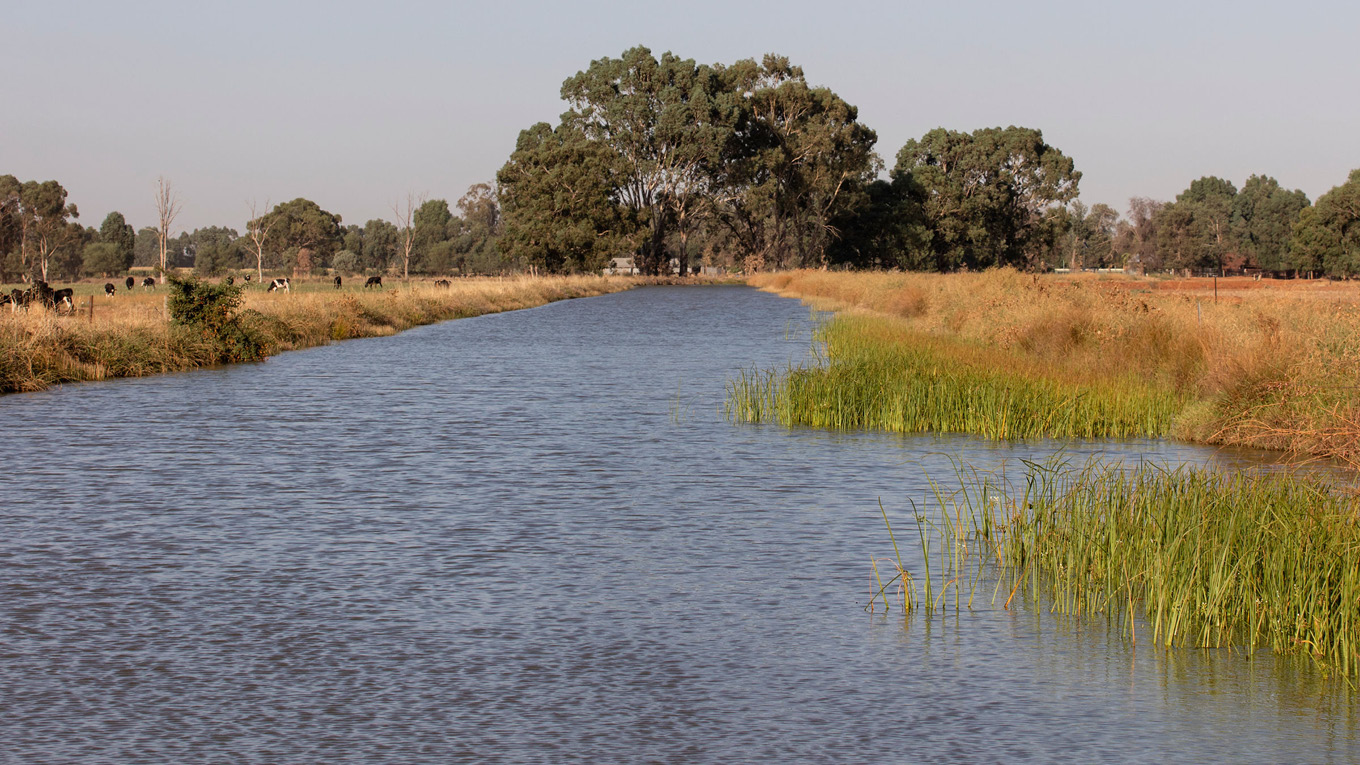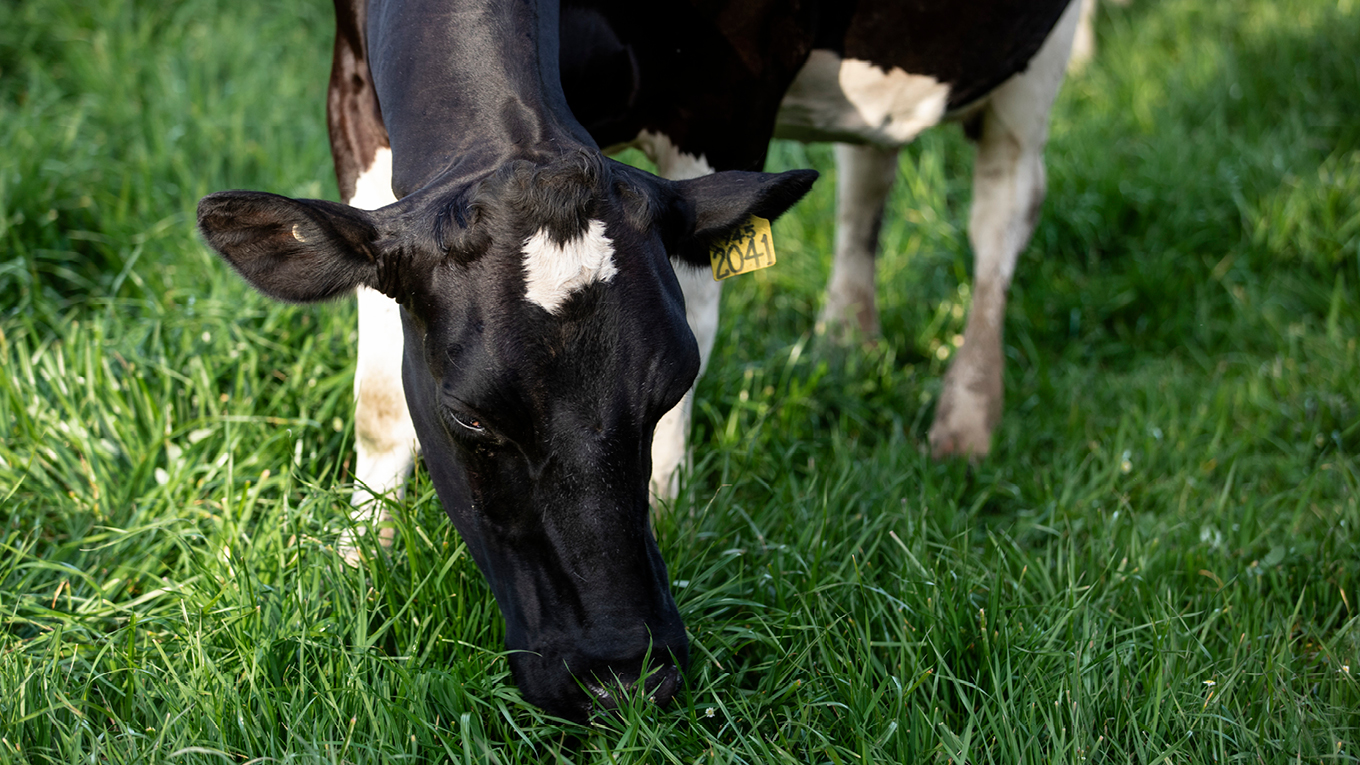Fats & Protein During Heat Stress
During hot conditions, cows are faced with three nutritional challenges:
- Their daily feed intake is reduced
- Their rumen microbial function is compromised
- Summer pastures are lower in protein
Under these conditions, higher-producing cows can respond well to the use of additional fats and proteins as a nutritional strategy. Supplementary fat sources like vegetable oil and commercial bypass fat supplements are an option, provided they are used correctly. Additional proteins provide a good source of amino acids.
Fat during hot periods
Dietary supplementation with extra fat is a good way to help increase the energy density of the cow’s diet and maintain the daily energy intake. Feeding fat has an additional advantage in hot conditions, as it is digested and used by the cow more efficiently than starches and fibre and produces less metabolic heat.
However, too much fat interferes with microbial action in the rumen and this can depress feed intake. Dairy farmers should aim for a maximum of 5% to 7% total fat in the total cow diet (dry matter basis), depending on the type of fat used.
In the United States, dairy diets used in hot conditions would typically contain 3% fat from the main diet, plus 2–3% fat from added vegetable oil and 1–2% fat as added bypass fat.
It is important to manage the ratio of saturated versus unsaturated fats being fed in the diet. Unsaturated fats, such as sunflower oil or cottonseed oil, more easily interfere with rumen microbial action. For his reason, they to be used at lower levels compared to saturated fats, such as tallow or coconut oil.
Bypass fats are less reactive in the rumen and can thus be used at higher levels compared to conventional or non-bypass fats, but are more expensive.
Protein during hot periods
Due to the nutritional challenges posed by heat stress, cows need additional protein in their diet to maintain rumen microbial function and maintain a good supply of amino acids to the udder for milk protein production.
This can be achieved by including higher-quality protein sources in the diet during the hot season. Higher bypass or escape protein feeds that are readily digested in the small intestine can help offset lower yields of microbial protein from the rumen during hot weather. This includes feeds such as soybean meal and linseed meal.
Canola meal and cottonseed meal are less suited for this purpose. This is because canola meal has a greater degree of rumen degradability and cottonseed meal has lower palatability.


